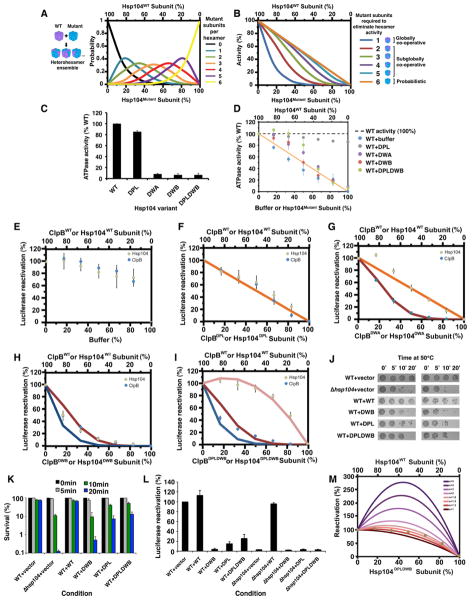Figure 1. Hsp104 uses a probabilistic mechanism to dissolve disordered aggregates.
(A) Theoretical Hsp104 hexamer ensembles containing 0 (black), 1 (blue), 2 (green), 3 (orange), 4 (red), 5 (purple) and 6 mutant subunits (yellow) as a function of the fraction of mutant subunit present.
(B) Theoretical activity curves where 1 or more (blue), 2 or more (red), 3 or more (green), 4 or more (purple), 5 or more (light blue) or 6 mutant subunits (orange) are needed to ablate hexamer activity.
(C) WT or mutant Hsp104 ATPase activity. Values represent means±SEM (n=3–5).
(D) Hsp104 was mixed with increasing fractions of mutant Hsp104 proteins or buffer and ATPase activity was assessed. Values represent means±SEM (n=3–5). Orange line: expected ATPase activity if 6 mutant subunits are needed to ablate hexamer activity.
(E–I) Luciferase aggregates were treated with Hsp104 (grey markers), Hsc70 (an Hsp70) and Hdj2 (an Hsp40) plus increasing fractions of buffer (E), Hsp104DPL (F), Hsp104DWA (G), Hsp104DWB (H) or Hsp104DPLDWB (I). Alternatively, luciferase aggregates were treated with ClpB (blue markers), DnaK, DnaJ and GrpE plus increasing fractions of buffer (E), ClpBDPL (F), ClpBDWA (G), ClpBDWB (H) or ClpBDPLDWB (I). Luciferase reactivation (% WT activity) was then assessed. Values represent means±SEM (n=3–4). Theoretical disaggregase activity if 6 (orange line, F, G), 2 or more (red line, G–I) or 1 or more mutant subunits (blue line, H, I) ablate hexamer activity. Pink line (I): simulated activity if a mutant subunit stimulates an adjacent WT subunit 1.4-fold but is inhibitory if adjacent to a mutant subunit.
(J, K) WT yeast carrying the indicated Hsp104 plasmid or Δhsp104 yeast harboring an emptor vector control were treated at 50°C for 0–20min and then spotted (J). The spotting on the right is a 5-fold dilution of the spotting on the left. Alternatively, cells were plated and survival (%) was calculated (K). Values represent means±SEM (n=3).
(L) WT or Δhsp104 yeast expressing luciferase and the indicated Hsp104 variant were shifted to 44°C, treated with cycloheximide, and allowed to recover at 30°C. Luciferase activity (% of the WT+vector control) was determined. Values represent means±SEM (n=3).
(M) Adjacent pairs of WT-WT or WT-mutant subunits determine hexamer activity, whereas adjacent mutant subunits have no activity. Each adjacent WT-WT pair has an activity of 1/6. By contrast, adjacent WT-mutant pairs have a stimulated activity (s), and the effect of various values of s is depicted. Brown markers indicate experimental luciferase disaggregation data obtained with Hsp104DPLDWB.
See also Supplementary Figure S1, S2 and S3.

